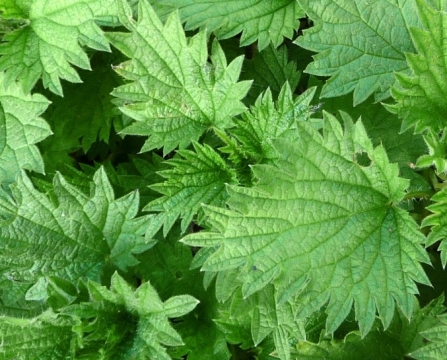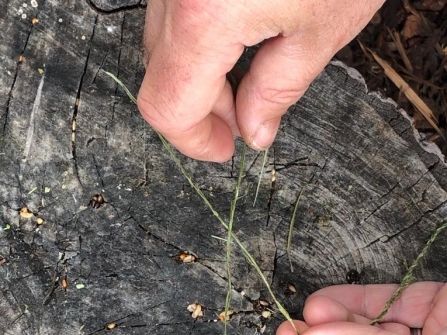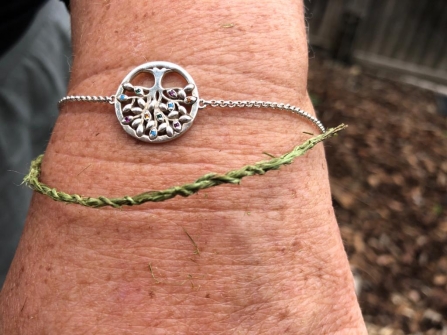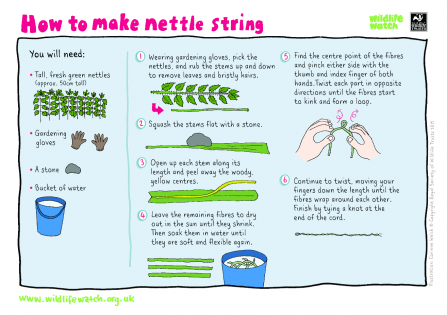The tall, straight stems of stinging nettles have traditionally been used for making string or cord. Here’s how to make cord using natural materials you can collect yourself!
Nettles are very important plants for wildlife. Many butterflies such as the peacock and red admiral lay their eggs on them. Once hatched, the caterpillars feast on the nutritious nettle leaf. So make sure that you pick them sustainably and don’t take any more than you need.





